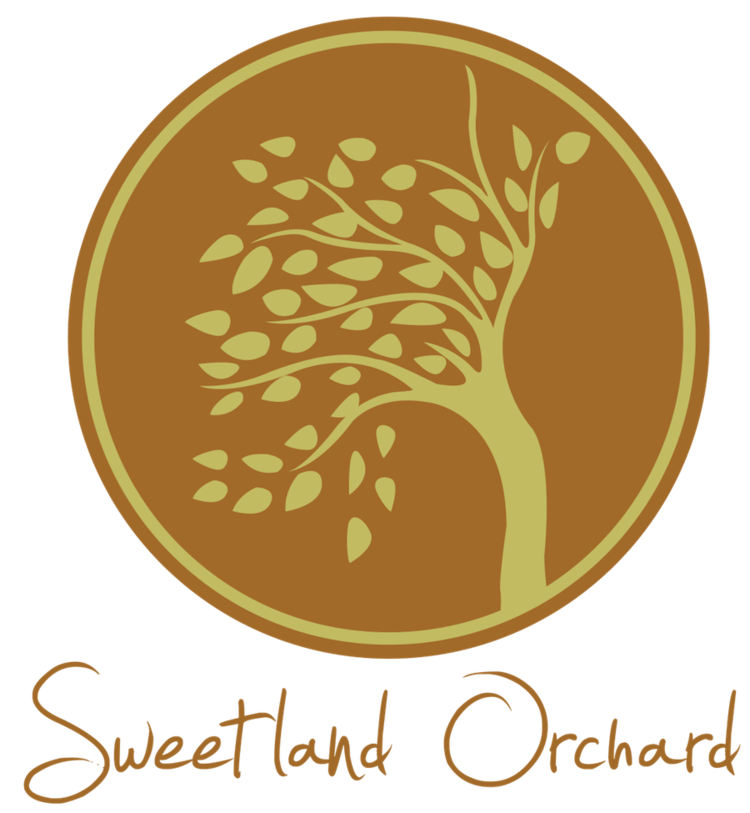How We Grow Our Apples
We live at the orchard with our kids, our dogs, and our chickens, so using as few synthetic pesticides as possible is important to us in how we manage our orchard.
1. We Take Easy Wins Where We Can Find Them
When you visit our orchard and see our apples, you'll notice some differences immediately and we call these our easy wins: they're the choices we've made where we perceive that the trade-off is a no-brainer.
- We don't use herbicides under our mature trees. Mature trees can handle weed pressure and we're happy to have the additional organic material going into the soil.
- We don't use chemicals to thin our trees. Apples trees have a tendency to bear biennially in an every-other-year boom and bust cycle. Apple growers thin their trees to encourage them to bear a reasonable crop every year and also to improve apple size. Since we hand-thin, we tend to grow smaller apples than many orchards.
- We don't use fungicides for cosmetic reasons. In our humid Minnesota climate, it's common to see sooty blotch and flyspeck on our apples. They're cosmetic in nature: they don't change the flavor of the apple and they're not bad for our health or the tree's health, so we let them be in favor of not applying a fungicide in the orchard.
2. We Monitor to Treat Only As Needed
Though we take our easy wins where we can find them, the fact is that an apple orchard is a monoculture and Minnesota provides climate challenges. Both of those factors require us to do something about fungal and insect pests in our orchard but though we have to do something, we intervene only when we have to.
To accomplish minimal intervention, we track insect populations and weather through degree days and leaf wetness. All of these tools tell us when we need to intervene -- and when we don't. Before these tools and models were developed, orchardists applied pesticides on a regular schedule throughout the growing season. These days, we're able to be much more selective and apply far fewer pesticides.
3. We Use Highly Targeted Materials
In the past, orchardists used broad-spectrum materials to combat orchard pests. These days, more highly-targeted materials are available that affect the insects we want to affect and leave the beneficial insects alone. This approach of using different pesticides for different pests doesn't mean that we use that many more materials because, really, we're only concerned about codling moth, apple maggot flies, and some lesser insects. A benefit of this approach is that we're also combatting insect resistance to pesticides by changing up our pest-management tools.



